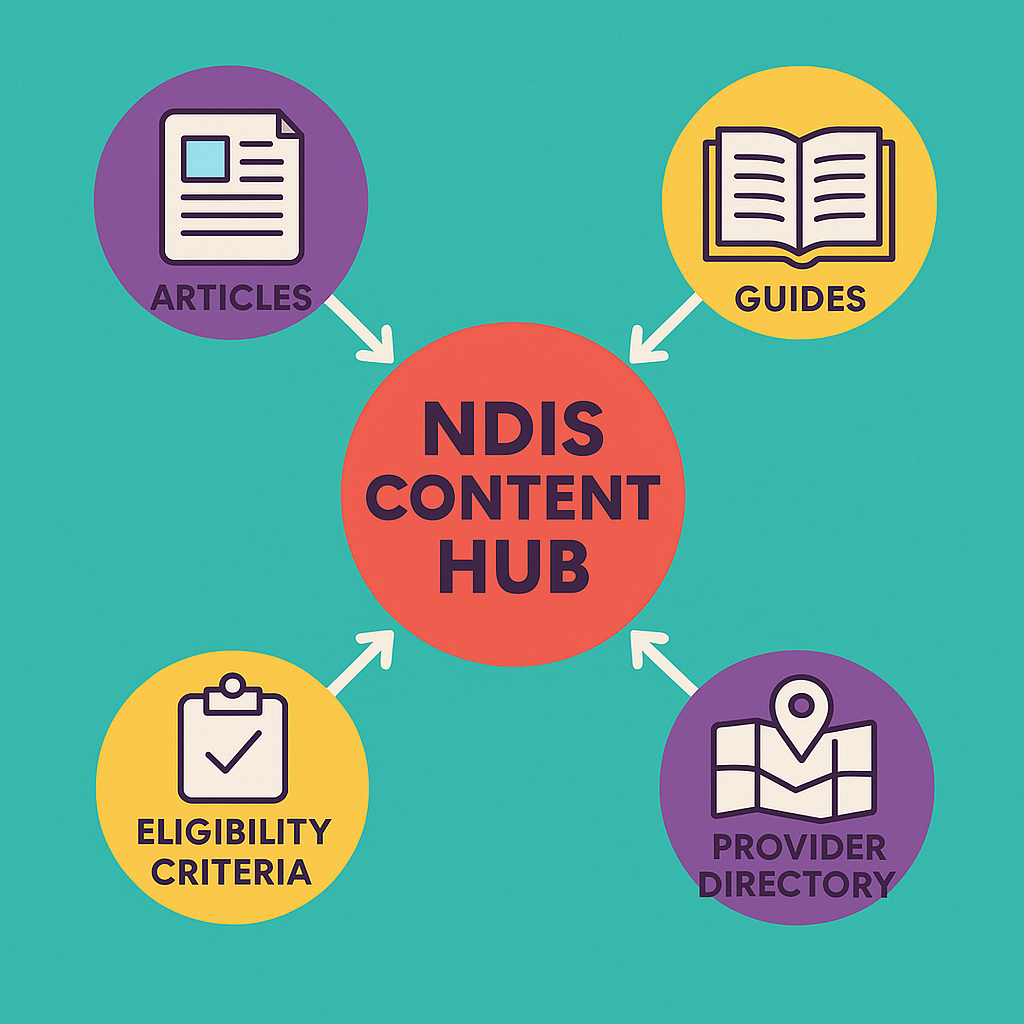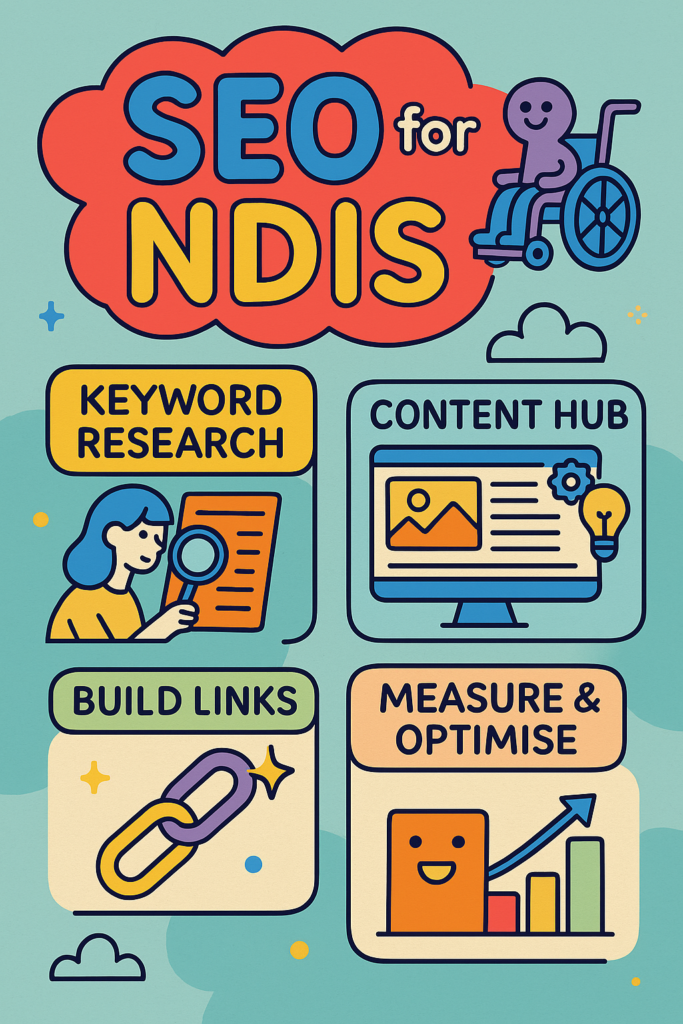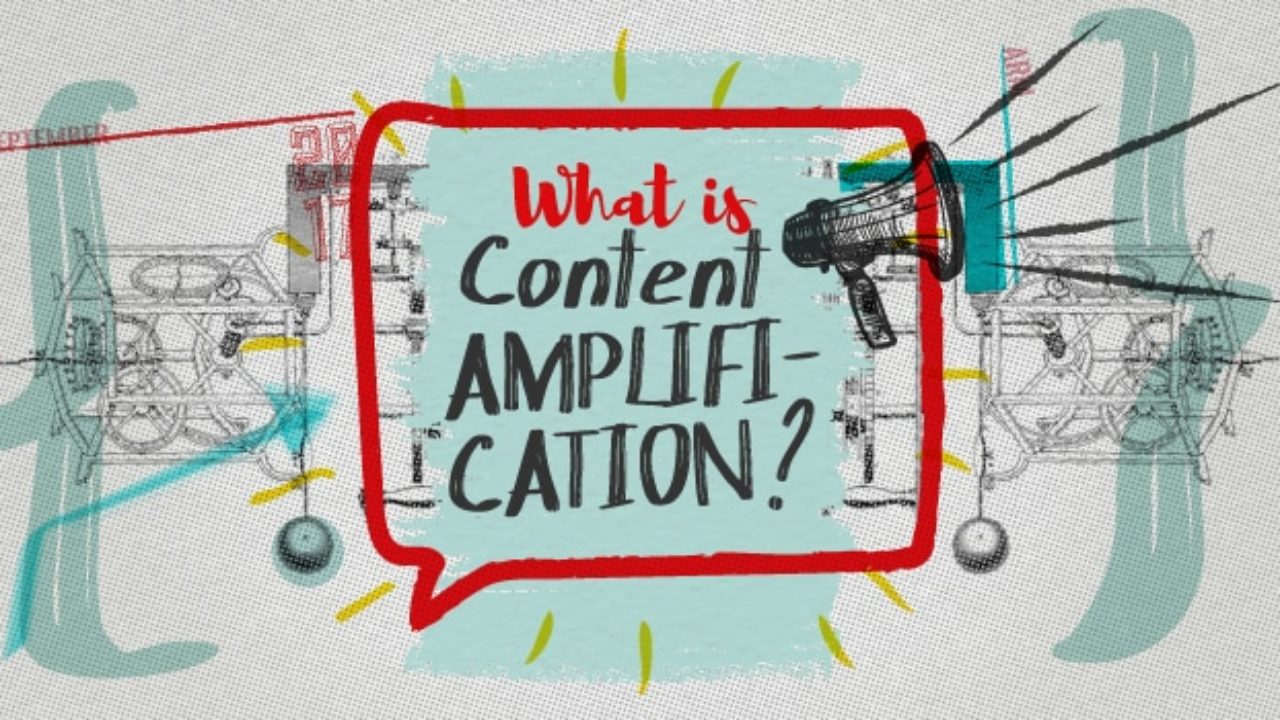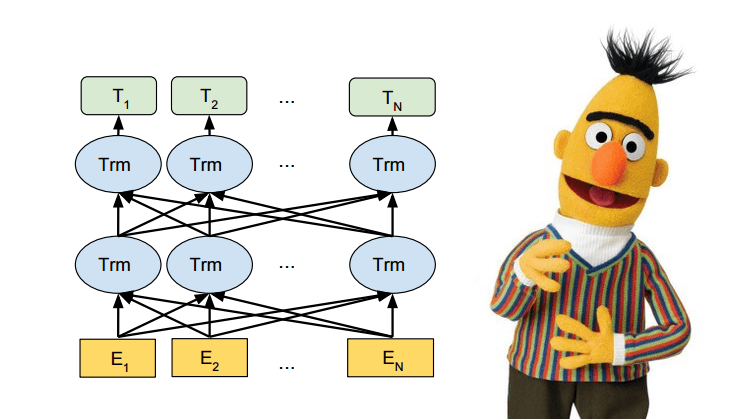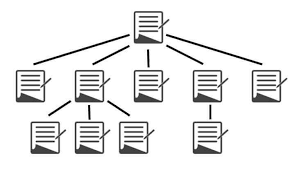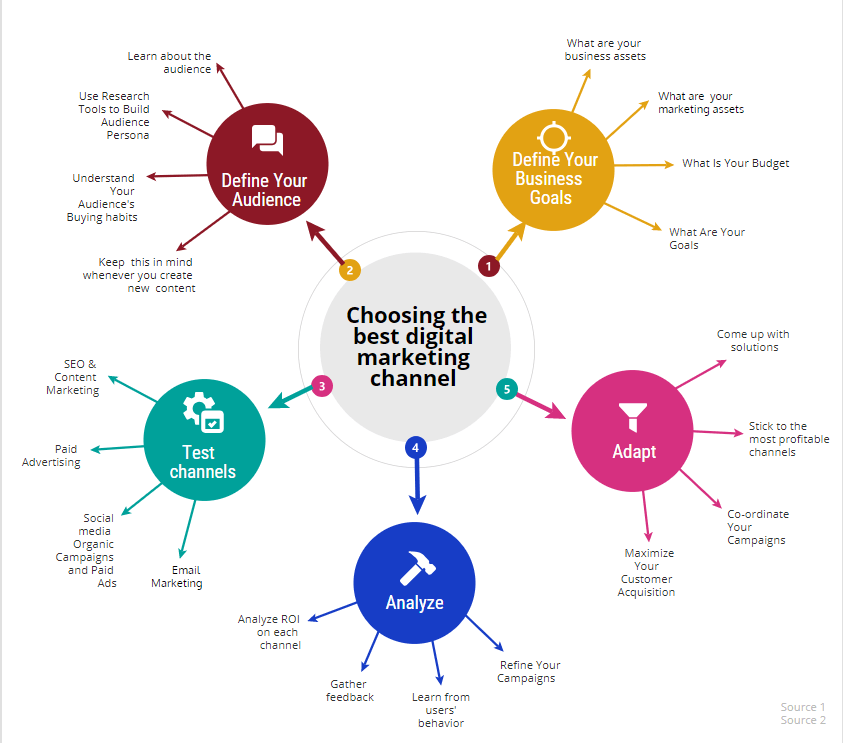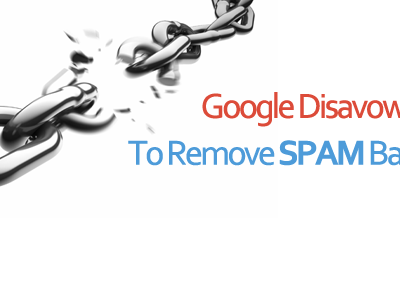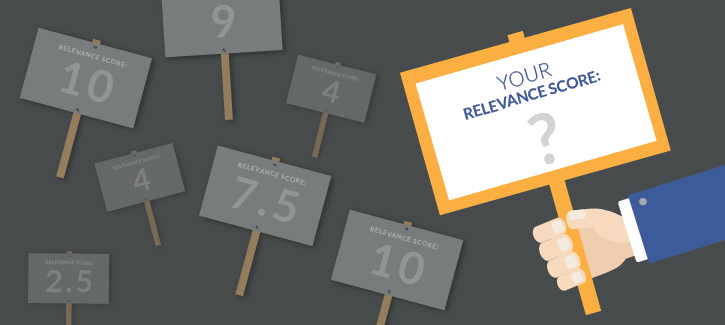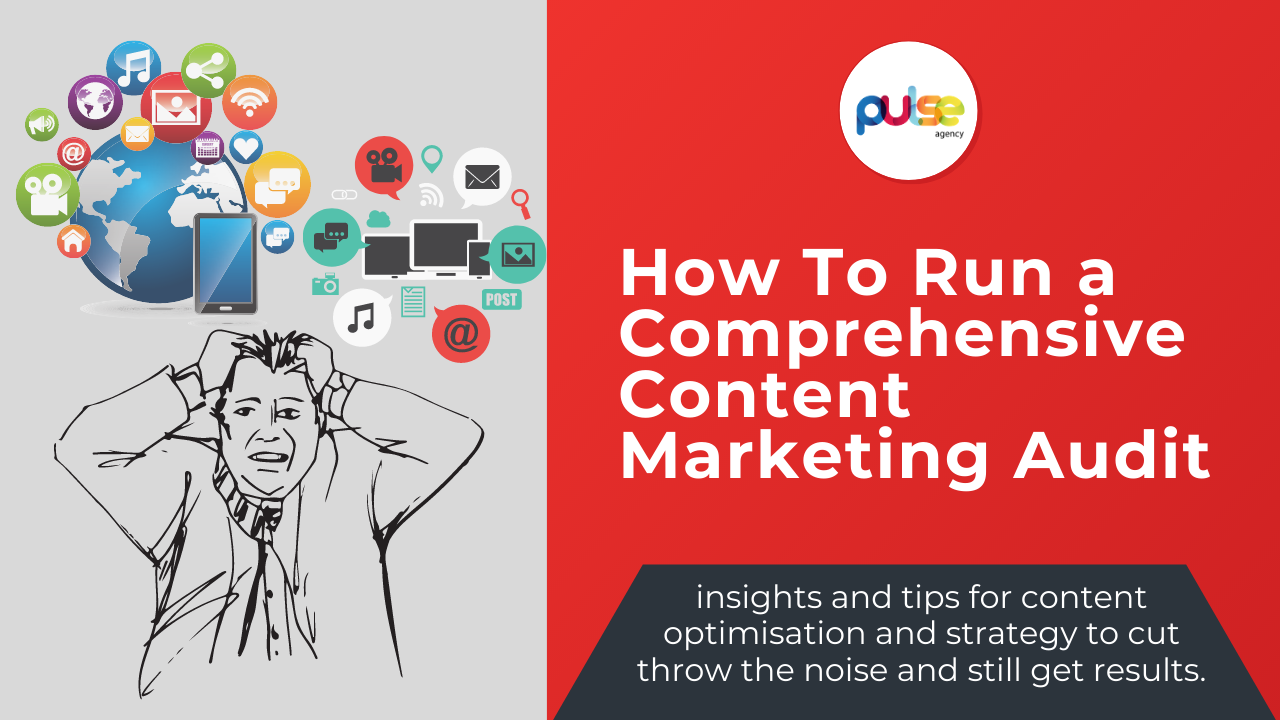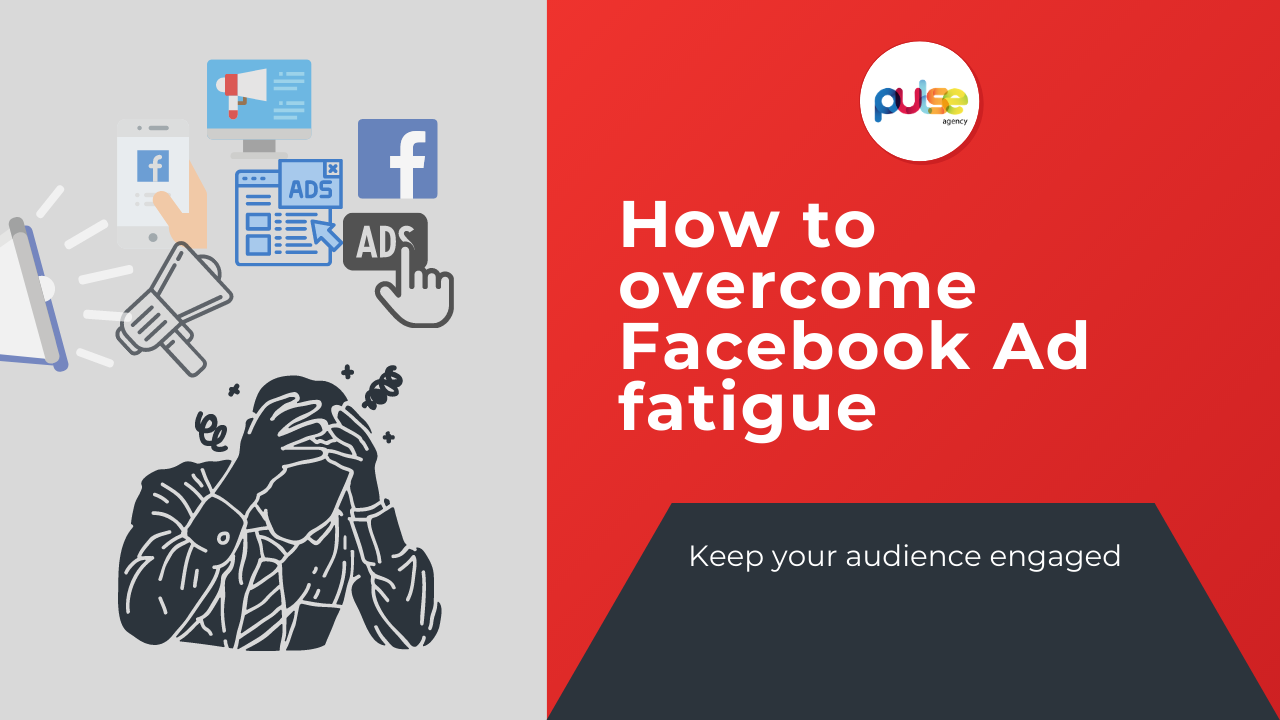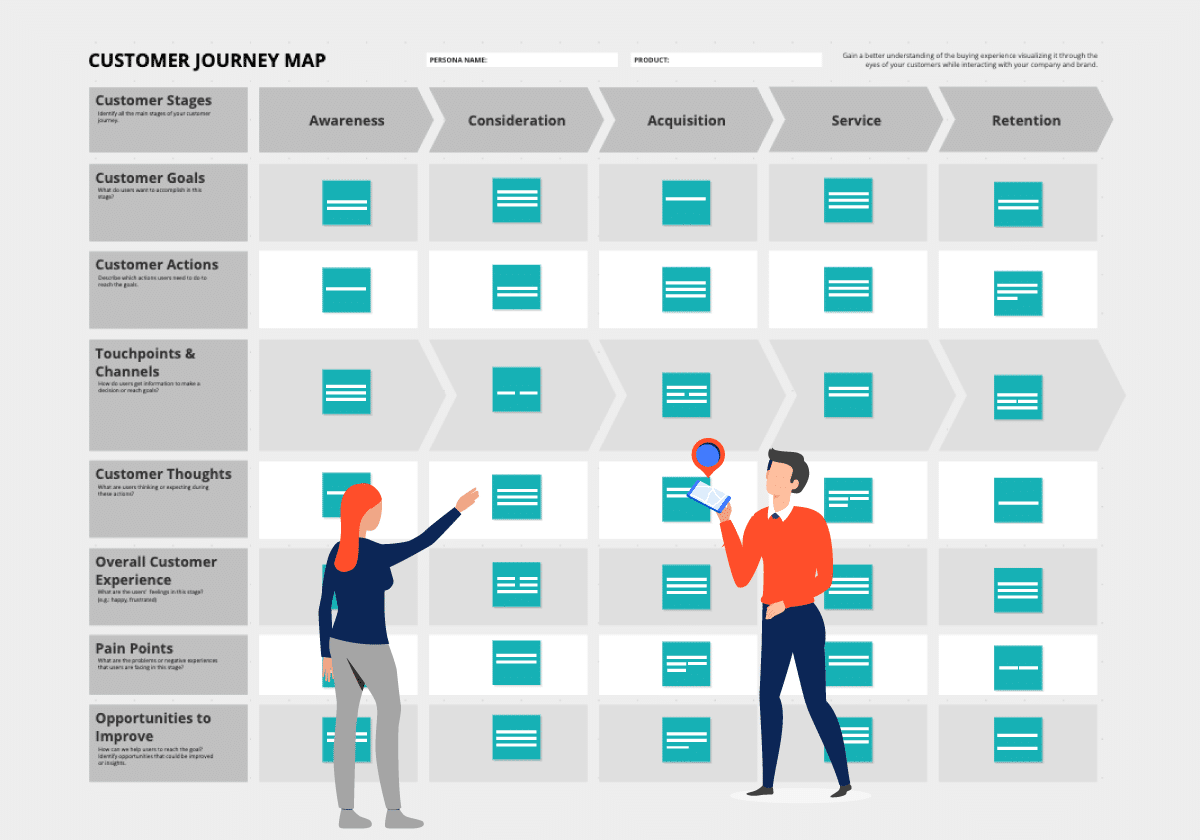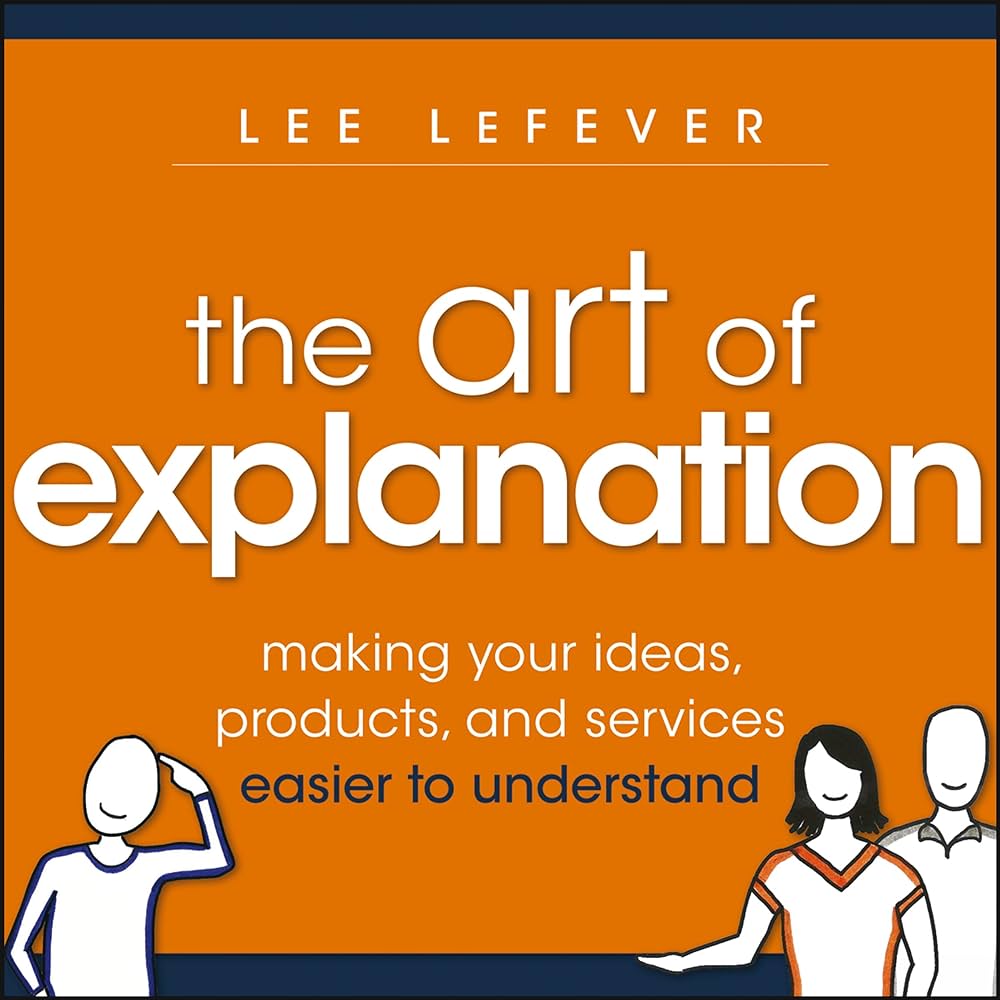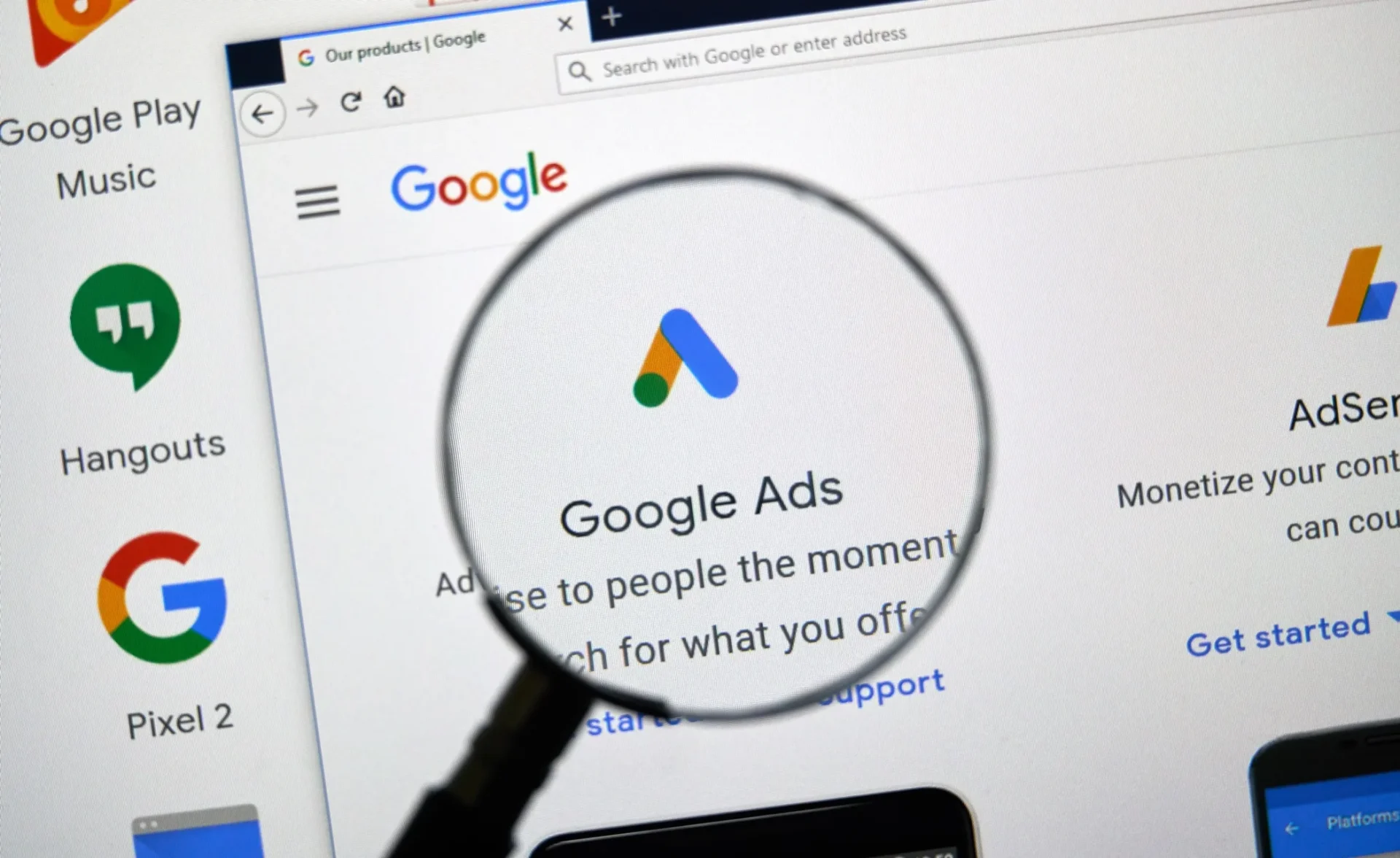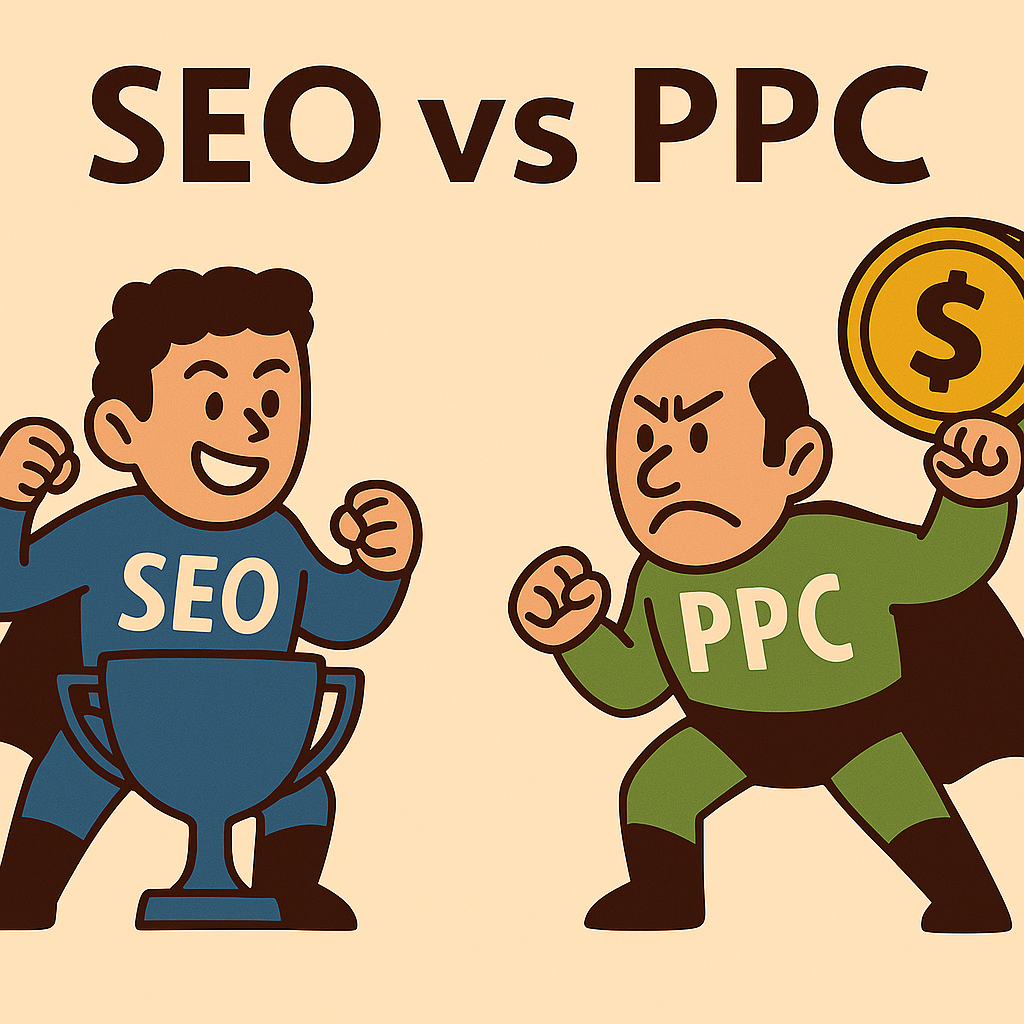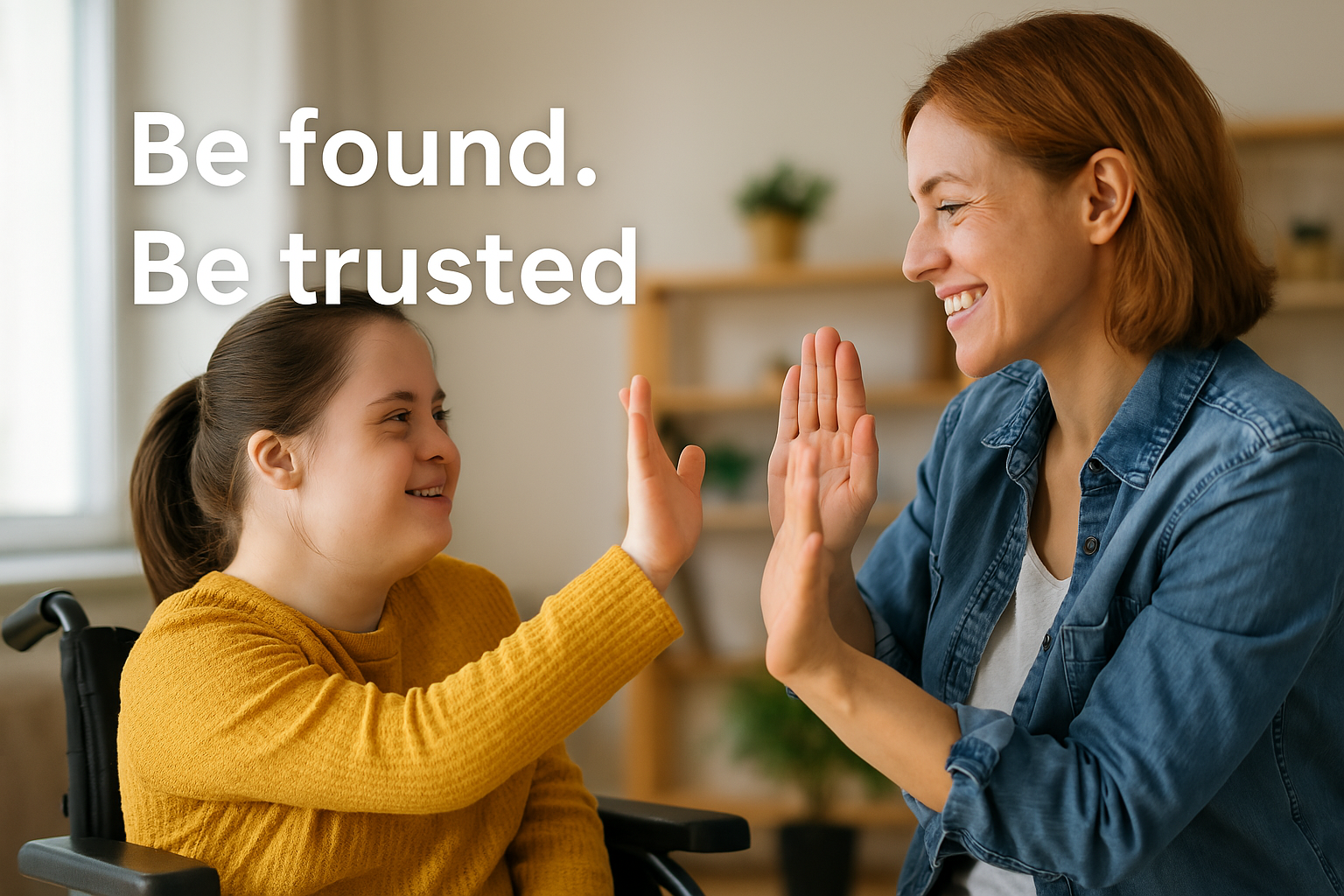
SEO for NDIS: how Australian providers can grow online ethically and effectively
Marketing by verticals NDIS SEO
If you’re an Australian NDIS provider, you’ve probably asked yourself: is it worth investing in SEO? With more families turning to Google to search for support services, your online presence isn’t a luxury—it’s a necessity. SEO, or search engine optimisation, is about helping your website appear when someone types in something like “NDIS support coordinator […]
If you’re an Australian NDIS provider, you’ve probably asked yourself: is it worth investing in SEO? With more families turning to Google to search for support services, your online presence isn’t a luxury—it’s a necessity.
SEO, or search engine optimisation, is about helping your website appear when someone types in something like “NDIS support coordinator in Melbourne” or “What is SIL housing?” But unlike regular business websites, the NDIS space comes with its own sensitivities, rules, and real-world challenges.
This guide breaks it all down clearly—no fluff, no overhyped promises. Just real, practical advice for getting found online and building trust the right way.
Table of Contents
What is SEO—and why does it matter for NDIS providers?
SEO helps your site show up higher in Google’s organic (unpaid) results. The higher you rank, the more people see your services—without needing to pay for each click like with ads.
For example, if someone searches “plan management NDIS Sydney” and your site is on page one, you’ve got a solid chance of getting that enquiry.
Benefits of SEO for NDIS providers
-
Trust: People trust organic results more than ads.
-
Visibility: Local SEO helps you show up in map listings and “near me” searches.
-
Longevity: One good article can drive traffic for years.
-
Cost-effective: SEO costs time and strategy, but not per click.
Common SEO challenges in the NDIS space
-
You can’t make big promises: Language like “we’ll change your life” or “the best NDIS provider” is problematic and non-compliant.
-
You need to respect participant dignity: Always use inclusive language like “people with disability,” not outdated terms.
-
You must consider accessibility: Fonts, layout, and alt text for images should work for people using screen readers or mobile devices.
“SEO isn’t about gaming the system; it’s about learning to play by the rules.” — Moz
This couldn’t be more true in the disability services sector.
How to get started with SEO: step-by-step
Step 1: Find the right keywords
Start by identifying what people actually search for. Think beyond just “NDIS provider”—look at what participants or their carers are typing into Google.
Examples of real search terms:
-
“NDIS plan management Brisbane”
-
“How to use NDIS funding for OT”
-
“Can I change NDIS providers?”
-
“SIL vs SDA housing”
Use free tools like Google’s Keyword Planner or Ubersuggest to validate them.
Step 2: Create helpful, relevant content
This is where most providers fall short. You don’t need a blog about “NDIS news.” What works better is content that answers real participant questions.
Examples of content titles:
-
“How to choose the right plan manager for your NDIS journey”
-
“A simple guide to understanding NDIS funding categories”
-
“SIL vs SDA: What’s the difference?”
Make sure each article is:
-
Clear and friendly in tone
-
Easy to skim (use bullet points, subheadings)
-
Written to help, not sell
Build a content hub, not a random blog
If SEO is a house, your content hub is the foundation. Instead of scattering blog posts everywhere, organise them around your key services or participant needs.
Example of a content hub structure:
Main page:
NDIS Support Services in Newcastle
Subpages:
-
“What is Support Coordination?”
-
“How to Apply for NDIS Transport Funding”
-
“Using NDIS for Occupational Therapy: A Step-by-Step Guide”
-
“NDIS Plan Review Checklist (With PDF Download)”
Each subpage should link to the others and back to the hub page. This improves both user experience and Google’s ability to crawl and index your site.
Logan’s story: the power of human-centred SEO
Auscare Support, a registered NDIS provider, shared the story of Logan and his mum Belinda. Logan was diagnosed with autism, ADHD and sensory issues. Belinda felt overwhelmed and financially stretched—until she found plan management through NDIS.
“I found Auscare to be very supportive… I’ve got the beautiful support; I’m not alone anymore.” — Belinda
If you want to understand the real impact of NDIS support—and why telling that story well online matters—watch this short video. It’s not just powerful; it’s a masterclass in authentic, trust-building content.
Ethical link-building that actually works
Forget spammy backlinks. These strategies are legit, local, and good for everyone involved:
-
Partner with local orgs: sponsor events, get featured in local newsletters
-
Write articles for allied professionals: if you’re a physio, write a piece for an OT’s website (and vice versa)
-
Create downloadable resources like “NDIS Budget Planner” or “Checklist for Plan Reviews” — people will link to them
Backlinks like these don’t just boost SEO—they build real community trust.
Local SEO tips (the hidden gold)
Want to show up in Google Maps? Here’s how:
-
Set up or optimise your Google Business Profile
-
Make sure your name, address, and phone number are consistent everywhere
-
Add photos and encourage happy clients to leave reviews
-
Use location terms in your page titles and content (e.g. “Support Coordinator in Wollongong”)
Measure what matters: SEO analytics for NDIS providers
Install Google Analytics 4 to track who’s visiting your site, from where, and what pages they read.
Use the Organic & Paid Search report to see:
-
Which keywords bring the most visitors
-
What pages get the most traffic
-
Where people drop off (so you can improve those pages)
Bonus tip: set up conversion goals like contact form submissions or downloads.
Podcast: Tackling the housing crisis in the NDIS
Want to learn on the go? Listen to The NDIS Podcast, where real service providers talk about the challenges and wins of building participant-focused businesses.
Final thoughts: SEO isn’t magic—it’s method
People aren’t Googling to be impressed. They’re Googling to solve a problem. If your site doesn’t answer their questions clearly, they’ll click away—fast.
The best NDIS websites aren’t the fanciest. They’re the clearest, the most helpful, and the easiest to find.
Start small. One good service page. One clear FAQ article. One client story like Logan’s. Then build from there.
If you want help pulling it all together—from keyword research to content planning to building out a proper SEO strategy—get in touch with Pulse Agency. We help ethical Australian providers grow the right way.
1. What is SEO for NDIS providers?
Answer: SEO for NDIS providers involves optimising your website and content so it appears in Google when participants or carers search for disability services, such as “NDIS plan manager in Sydney” or “how to use NDIS funding.” It’s about helping the right people find your services more easily online.
2. Can NDIS businesses use SEO and Google Ads?
Answer: Yes, NDIS providers can use both SEO and Google Ads, but advertising comes with restrictions. You must follow Google’s health-related ad policies and avoid sensitive or misleading terms. SEO is often a safer and longer-term strategy to attract traffic.
3. What are the best keywords for NDIS SEO?
Answer: Focus on service- and location-based phrases like:
-
“NDIS support coordination Melbourne”
-
“NDIS occupational therapy Brisbane”
-
“how to use NDIS for transport” Use keyword tools like Google Keyword Planner or Ubersuggest to validate interest and search volume.
4. How long does SEO take for NDIS websites?
Answer: Most NDIS businesses start seeing SEO results in 3–6 months, depending on competition, website quality, and consistency. It’s a long-term investment, but one that builds authority and trust over time.


